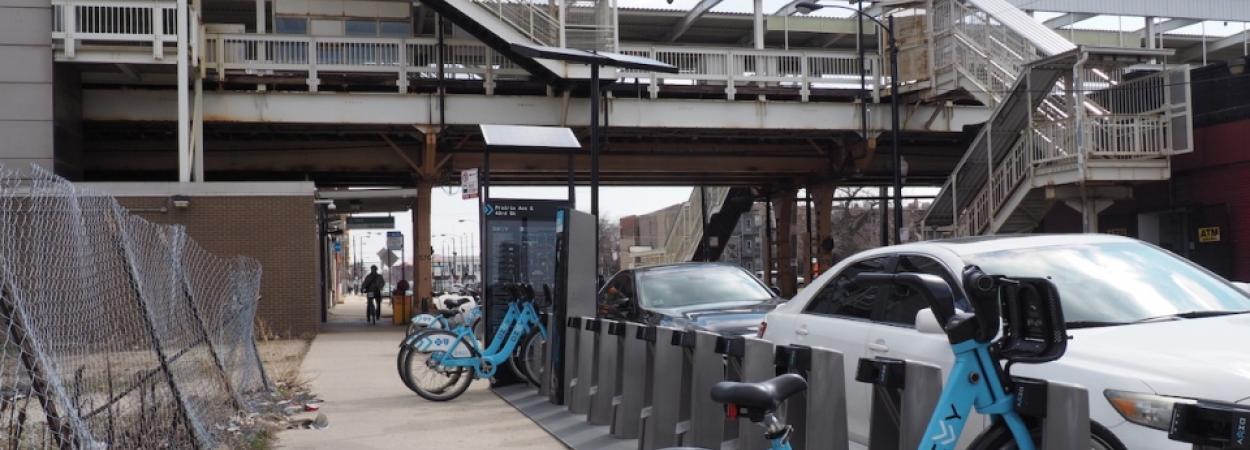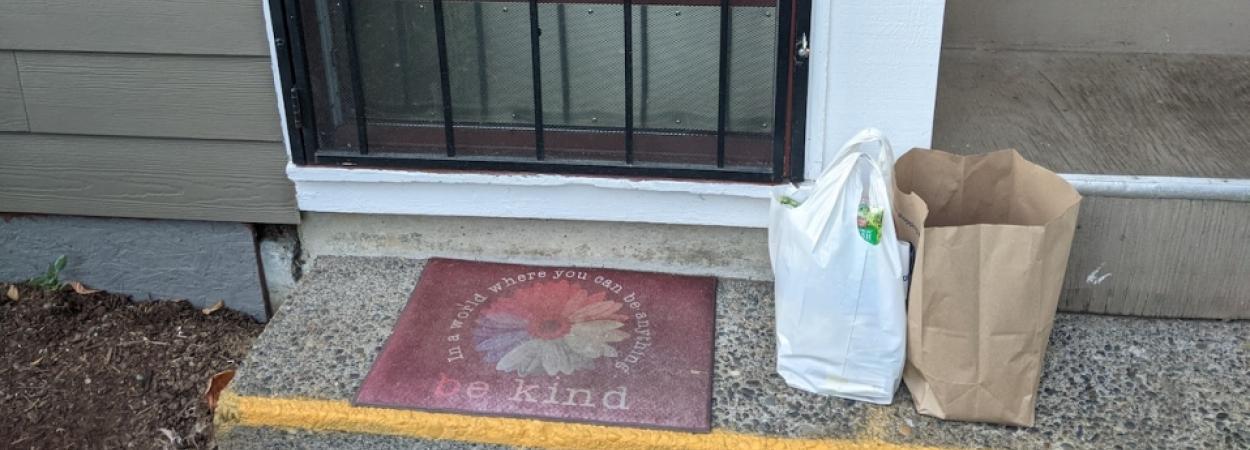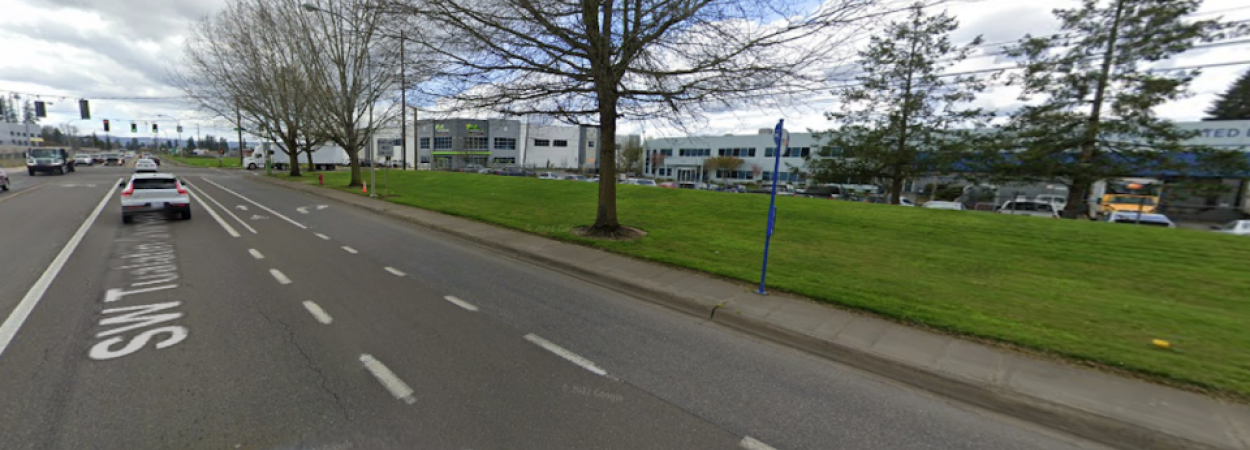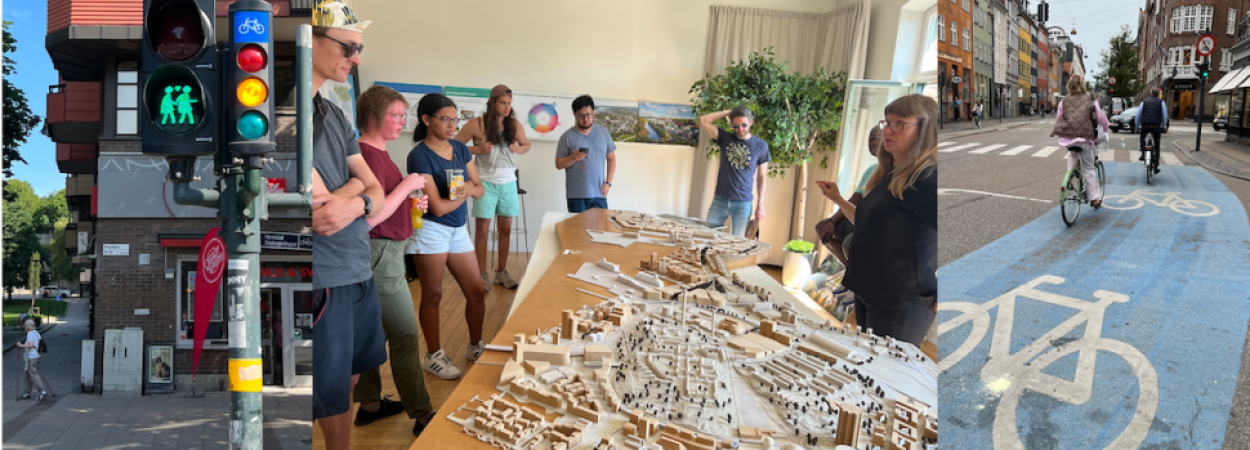 |  |  |

Students at Hood River Middle School in Hood River, Oregon, will get some hands-on transportation experience next spring as they participate in the redesign of bike and pedestrian infrastructure around their school. Members of the (tentatively named) "Better Blocks Club," a new after-school extracurricular club, will get the chance to observe infrastructure, go on field trips by bike, learn urban planning best practices, and be involved in implementing a pilot safety project.
They'll be helping to plan and install new pop-up pedestrian and bike facilities at the intersection of May Street and 17th/18th Streets, a dogleg intersection adjacent to their school. The intersection design, which will include a protected intersection near the school and pop-up mobility lanes on the approaching streets, was created by PSU civil engineering students as part of the Better Block PSU program.
After the 6-month pilot demonstrati…
Read More
Researchers Jennifer Dill, Jiahui Ma, Nathan McNeil, Joseph Broach and John MacArthur of Portland State University have published a new article in the November 2022 issue of Transportation Part D: Transport and Environment. The open-access article, "Factors influencing bike share among underserved populations: Evidence from three U.S. cities," examines bike share use and interest among lower-income residents and people of color in New York, Chicago, and Philadelphia.
There is evidence that lower-income and people of color (POC) in the U.S. do not use bike share as much as higher-income and white people. Using data from residents living near bike share stations in New York, Chicago, and Philadelphia, the paper examines reasons for these disparities. Researchers looked at many factors that might explain bike share use and interest in lower-income, racially diverse,…
Read More
When the COVID-19 pandemic first swept across North America and led to emergency shutdowns during the spring of 2020, the way people acquired food and household necessities was dramatically impacted. As stay-at-home orders minimized personal travel, transit services were reduced and many stores and restaurants either closed or modified their operations.
Some of the gaps were filled by online retailers and delivery services. However, access to goods and services varied substantially depending on people's age, income level, and ability.
A new multi-university study funded by the National Institute for Transportation and Communities (NITC), the U.S. DOT-funded university transportation headquartered at Portland State University, and the National Science Foundation (NSF) captured how households responded as local, state, and federal governments imposed and lifted restrictions, brick-and-mortar establishments closed and reopened, and e-commerce and delivery services adj…
Read More
Travel time reliability – or the consistency and dependability of travel times from day to day, and at different times of day – is a key metric that significantly affects people’s travel behavior. Since businesses rely heavily on transportation systems, an unreliable transportation network can also impact the economic competitiveness of urban areas. As such, reliable travel times are important for transportation agencies to promote economic stability within a community. Having accurate methods to evaluate reliability is important for both transportation practitioners and researchers.
A new report from Portland State University offers an improved method for determining the confidence interval of travel time reliability metrics. Researchers Avinash Unnikrishnan, Subhash Kochar and Miguel Figliozzi of PSU’s Maseeh College of Engineering and Computer Science used a highway corridor in Portland, Oregon as a case study to evaluate their method, and found that it compared favorably w…
Read More
A group of nine transportation students traveled to Denmark and Sweden this past summer, to meet with planners and engineers and get a feel for on-the-ground transportation in Copenhagen and Stockholm. They explored the area by rail, foot, bike and boat, in between presentations and tours led by professionals.
Portland State University's Transportation Research and Education Center (TREC)'s associate director, Hau Hagedorn, and sustainable transportation program manager, John MacArthur, led the Initiative for Bicycle and Pedestrian Innovation (IBPI) Study Abroad program. See photos from the trip.
In past years they've traveled to the Netherlands to experience the Dutch approach to cycling…
Read More